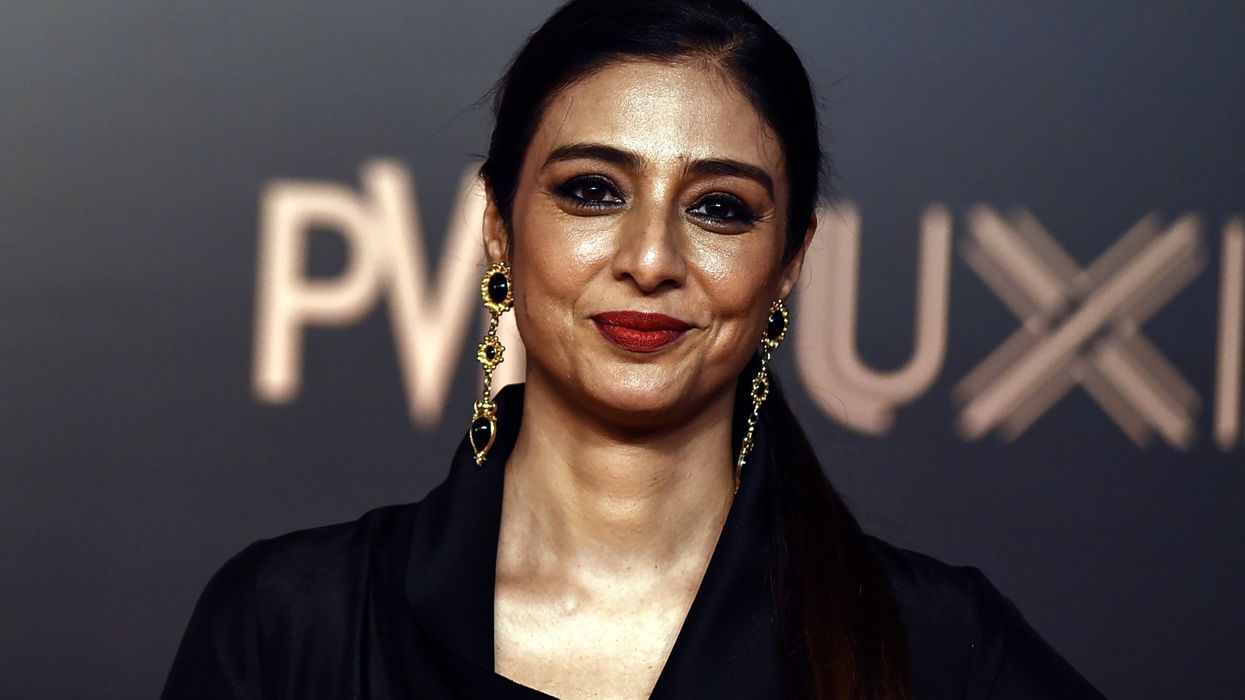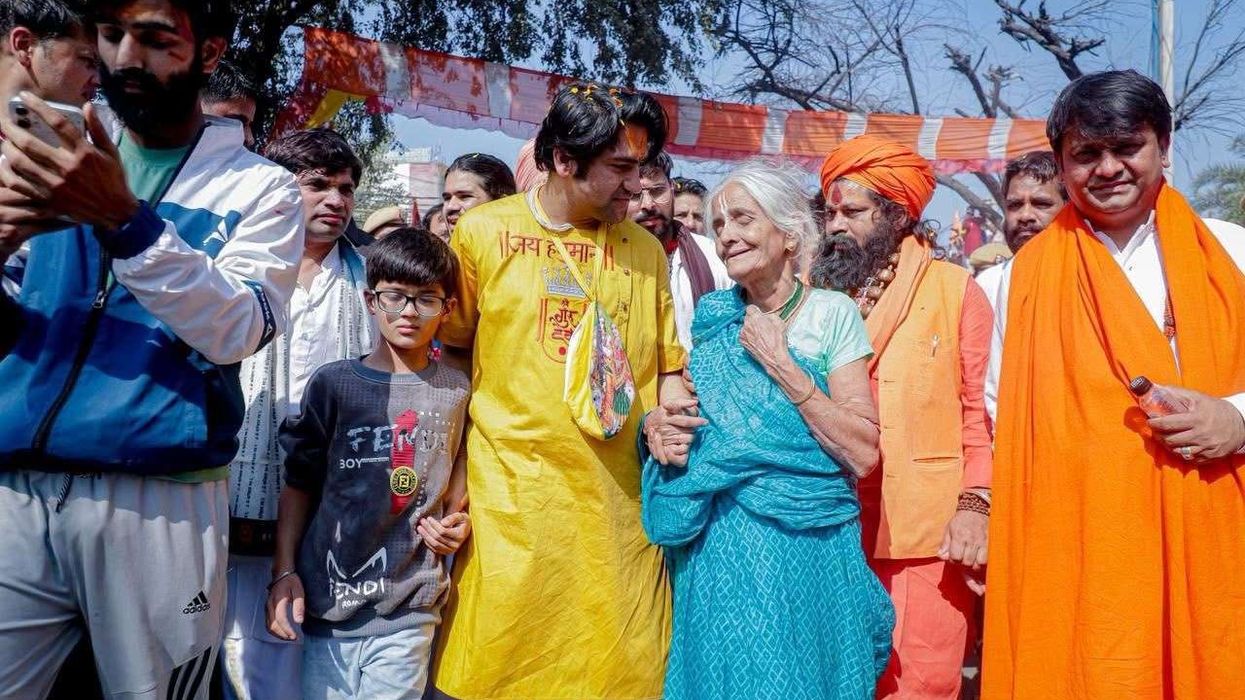By: Mohnish Singh
Tabu, the winner of two National Film Awards and six Filmfare Awards for Best Actress, has been entertaining audiences with her versatile performances for three decades now. The actress, who made her acting debut in a leading role with Telugu film Coolie No. 1 (1991), enters her 30th year as an actress in 2021.
The film industry has gone through a sea change over the years, but has Tabu changed at all in her approach towards her characters? “I feel I am the same person; I do not know how people perceive me now. More or less, my reasons to do a film, or genres have never differentiated. I started my career with films like Prem (1995), then Hu Tu Tu (1999), Biwi No. 1 (1999), Hera Pheri (2000), Maqbool (2003), and Haider (2014). I think it has not been conscious or planned. Whatever the things that came my way, if I liked it and felt okay, I did it, of course, provided the role is good and did not take away from whatever I was at that point. I want to do all genres, sometimes I might not be lucky to get films. It has always been about different experiences with different people. It was not conscious,” she tells a leading Indian publication.
In her illustrious career, Tabu has won several awards and accolades. But winning the prestigious National Film Award for her powerful performance in Gulzar’s Maachis (1996) was an unbelievable experience for her.
“It will not be right for me to say I do not feel happy when I receive awards, everyone does. But I am sure, at least for me, the relationship you have with awards, and the gratification, it changes or alters over a period of time. When I got the National Award for Maachis, it was something I could not believe. I was like how could this be happening for me? I was very young, and in those times, it was not so common for young actors. I was just five years into my career. I did not think that I had worked so well to deserve a National Award. Somehow, Gulzar sahab told me much later he was always confident. I did not even know the process. He was very confident and the happiest, also because we did it with so much fun. We were kids, and Gulzar sahab father figure and mentor.”
Last seen in BBC One’s miniseries A Suitable Boy (2020), Tabu will next be seen in T-Series Films and Cine1 Studios’ Bhool Bhulaiyaa 2. The horror-comedy film also stars Kartik Aaryan and Kiara Advani in lead roles.
Keep visiting this space for more updates and reveals from the world of entertainment.













